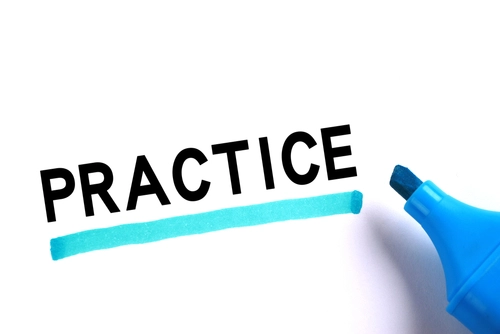Don't Let Billing Blunders Bind Up Your Revenue Cycle

Insufficient provider notes are the top cause for compliance concerns, says CMS.
As the Medicare system evolves, billing continues to be a source of consternation for providers, suppliers, patients, MACs, and CMS. Code and fee changes, documentation standards, LCD and NCD updates, HIPAA and compliance regulation worries—the list of things that must be in line for a claim to be processed correctly and paid seems endless.
Unfortunately, the confusion that plagues the Medicare claims process often leads to denied claims and improper payments. Though CMS has seen a marked decline in its improper payment rate with provider outreach efforts now securely in place, the 2015 CERT findings clearly show that billing issues remain a serious concern, costing billions annually.
Help is available. CMS, in coordination with the Medicare Learning Network (MLN) has offered more guidance for those confused about how to overcome compliance woes related to improper claims and payments. The most recent issue of The MLN® Medicare
Quarterly Provider Compliance Newsletter focuses on the three distinct areas with help specifically for hospitals, physicians, and providers.
With documentation and coding examples galore, the publication hopes to “help health care professionals to understand the latest findings identified by MACs and other contractors such as Recovery Auditors (RAC) and the CERT review contractor, in addition to other governmental organizations such as the Office of Inspector General (OIG).”
Take a Look at These Examples
Hospital discharge debacles. RACs found that many hospitals failed at the point of discharge, using the wrongcodes, which caused the claim to be incorrect. “Analysis of discharge status codes and secondary claim data identified improper payments,” the MLN® newsletter said.
“Where a hospital used discharge status code 01, but should have shown a transfer to another care setting with a different discharge status code, the hospital may be overpaid for the inpatient services.”
CMS urges coders to take a look at the MLN Matters® article SE0801 (https://www.cms.gov/Outreach-and-Education/Medicare-Learning-Network-MLN/MLNMattersArticles/downloads/SE0801.pdf), which focuses on how to properly discharge and transfer a patient to another facility.
Providers’ notes are a top concern. From dialysis to angioplasty and everything in between, the lack of sufficient documentation was the improper payment caveat for all providers across specialties and spectrums.
For example, the MLN® newsletter used the billing of code 35476 (Transluminal balloon angioplasty, percutaneous; venous) to explain the issue. The study found not one but three common mistakes that providers made when billing this code: The documentation was often incomplete to show the medical necessity of the procedure, there were no notes at all, and/or the physician’s signature was missing from the required reports.
Check with your MAC. The compliance quarterly newsletter suggests providers and their staffs educate themselves on what is required to make documentation complete. In the case of 35476, it is also advisable to check in with your MAC about any LCD and NCD changes.
Remember. Though this edition of the MLN® newsletter concentrates on specific services, the overall gist of the compliance advice relates to all billing blunders. Clear and concise documentation that is legible to both clinical and coding staff is essential to reverse improper billing trends.
For a more detailed view of The MLN® Medicare Quarterly Provider Compliance Newsletter and its plethora of improper billing examples and how to avoid them, visit https://www.cms.gov/Outreach-and-Education/Medicare-Learning-Network-MLN/MLNProducts/Downloads/MedQtrlyComp-Newsletter-ICN909346.pdf.




